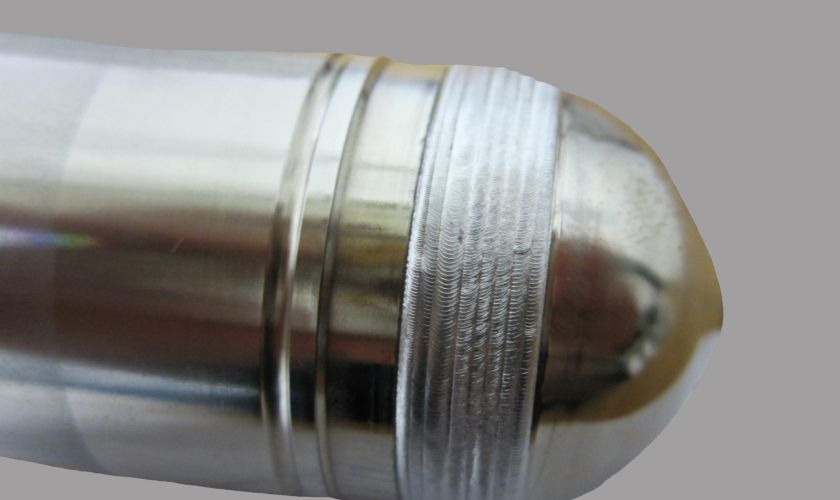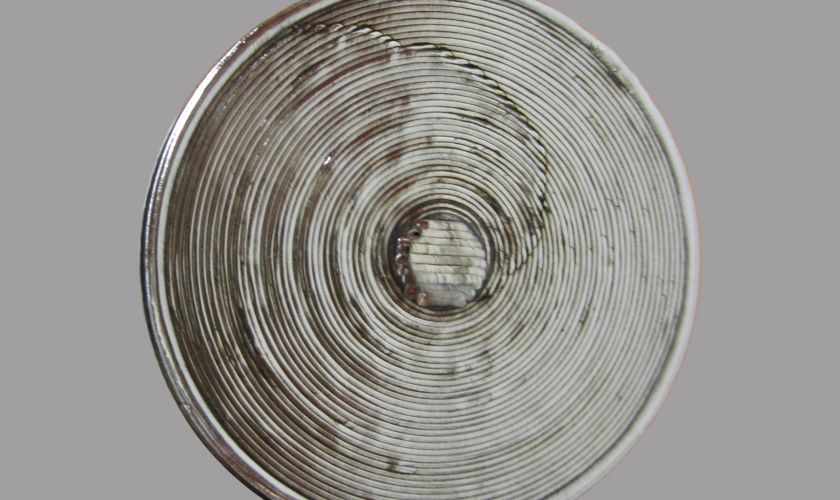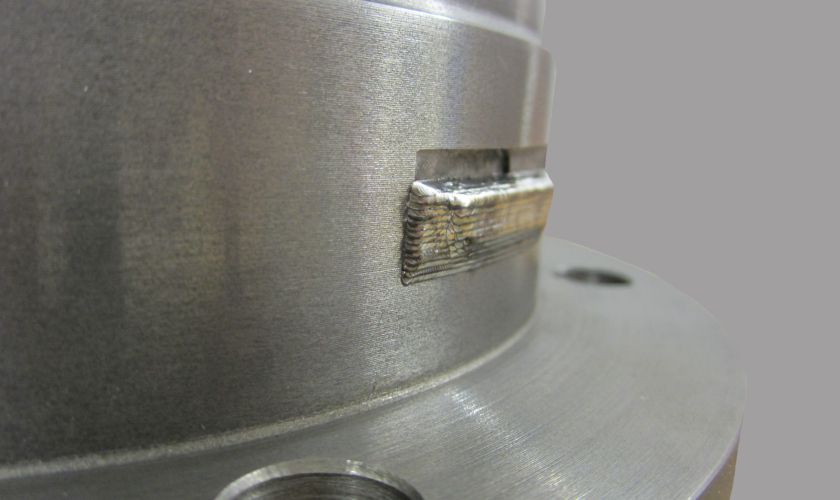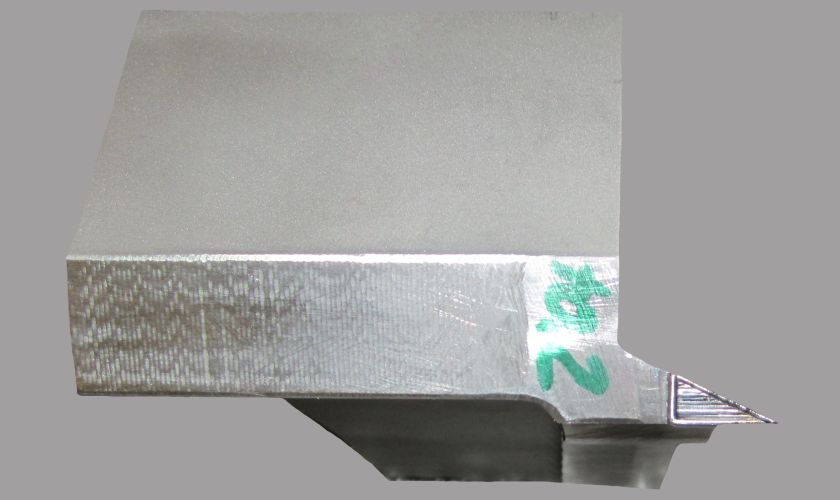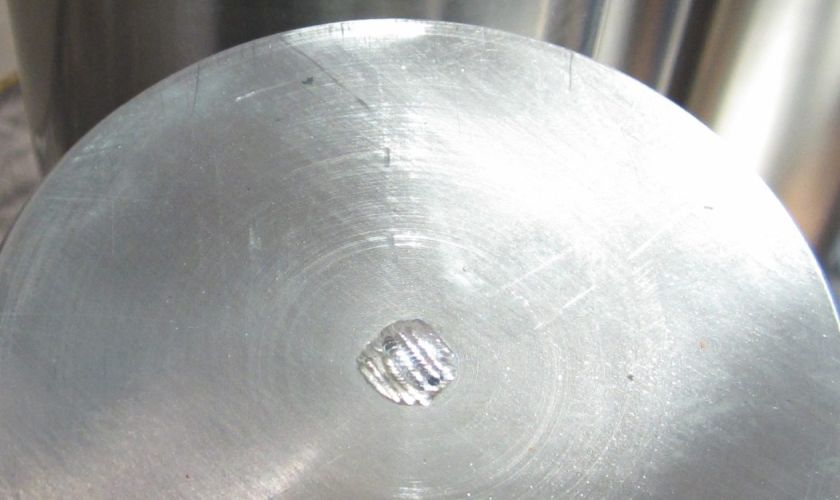Steel welding
At TM Lasertechnik, when we talk about steel welding, we are talking about steel alloys, which are usually within the following four ranges:
- tool steels
- heat resistant steels
- high-alloy, corrosion-resistant steels
- duplex steels
Over time, we have developed a great deal of expertise around the weldability of the various steel alloys. With filler metals that we have matched to the base material in elaborate laboratory work, we can respond to a wide range of different alloys and demands of our clientele.
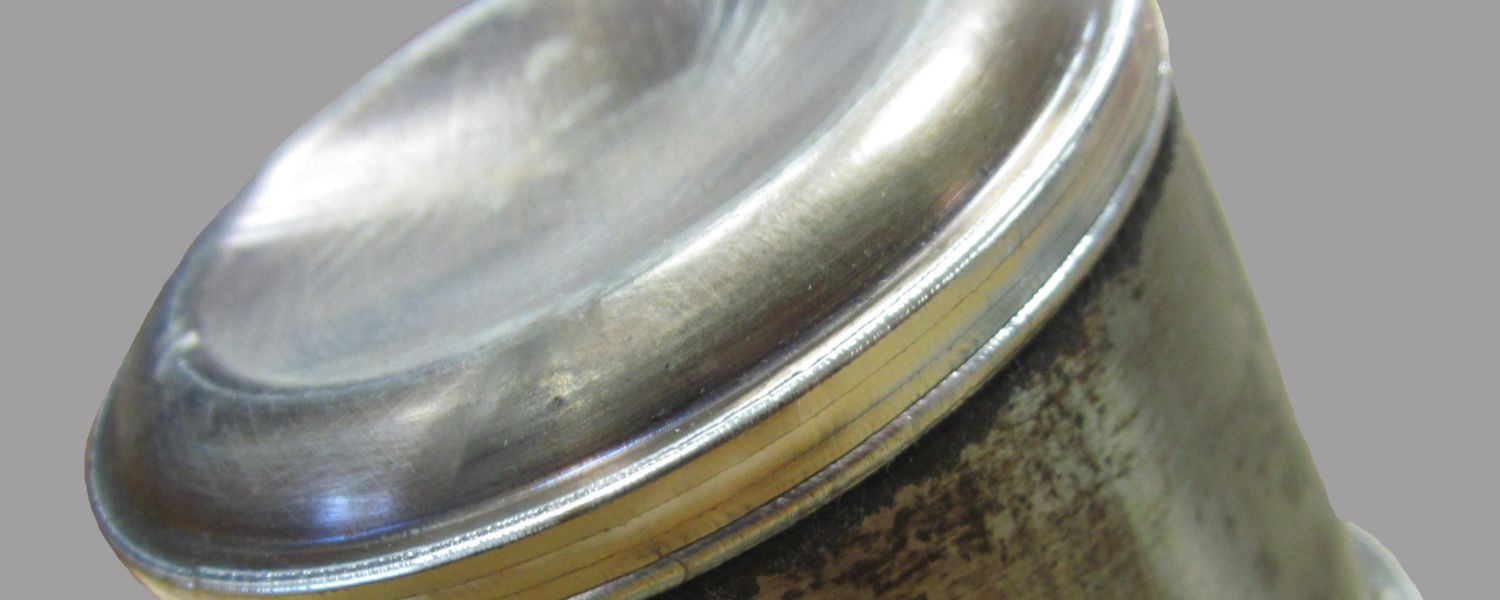
State-of-the-art technology
Individually tailored to the project, we weld manually, partially or fully automated (CNC-controlled) using laser or laser hybrid processes.
Highest precision
Fine welding in the range down to 0.05 millimeters.
All inclusive
With us, you get everything from a single source: we are happy to offer finishing work such as turning, milling or grinding on request.
We weld
steel alloys
1.2311
1.2343
1.2767
1.4216
1.4903
1.4921
1.2419
1.2083
and much more.
Steel as a material
The basic definition states that all materials whose main component is iron are to be classified as steels. They also generally have less than 2% carbon and contain other elements in addition to iron.
For further classification, a distinction is made between unalloyed and alloyed steels.
From here on in further subdivision e.g. into basic steels, unalloyed and alloyed quality steels, unalloyed and alloyed stainless steels and so on.
There is therefore a wide range of steels – depending on their use and chemical composition.
Difficulty in welding
In the area of alloyed and high-alloy steels, which we primarily weld at TM Lasertechnik, we first require very detailed information on the steel alloy used in each case and the area of application of the workpiece.
If there is no information on this, we also have the possibility to analyze the material at our premises in order to determine the exact composition.
Only in this way is it possible to subsequently produce the appropriate joint or overlay welds using precisely matched additional materials.
Work examples steel welding:
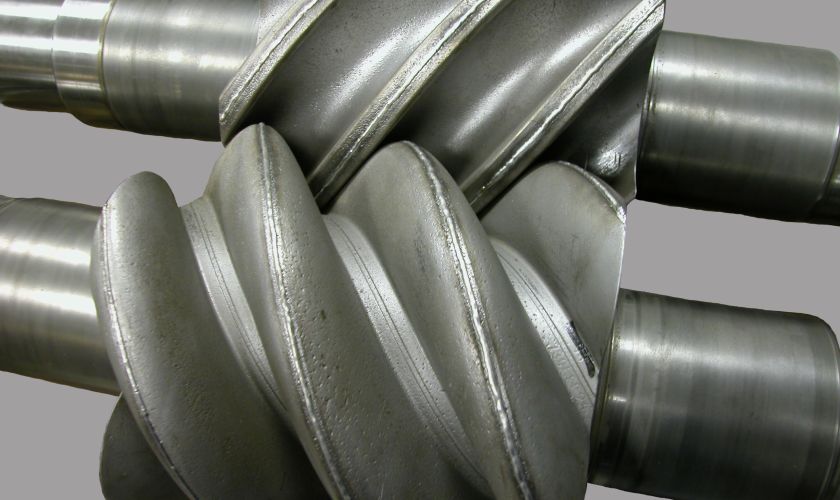
Repair of sealing lips
Sealing lips along rotors were re-welded by laser process.
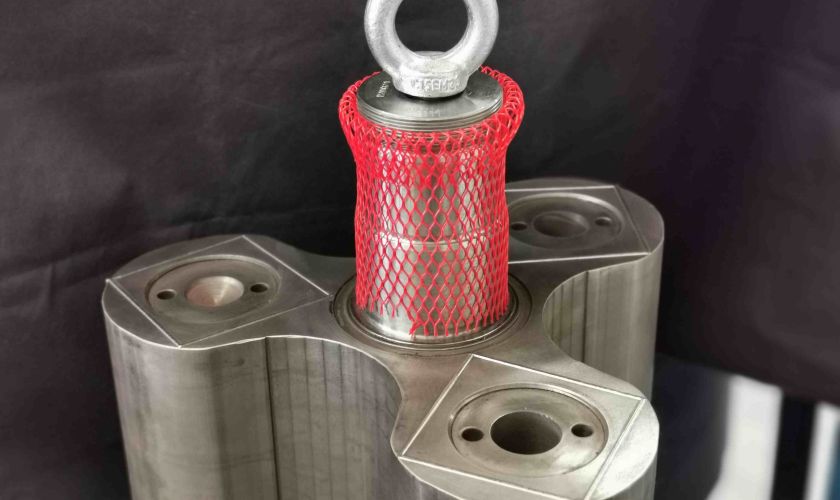
Repair of tool steel
Rotary piston on which the sealing lip was rebuilt. Welding in the range of 0.1 mm.
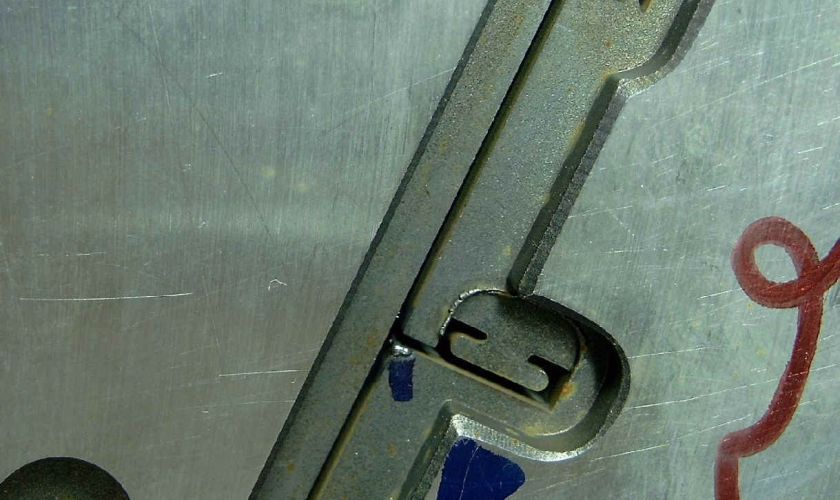
Tool steel 1.2343
Repair of a damaged running surface of a bar press tool.
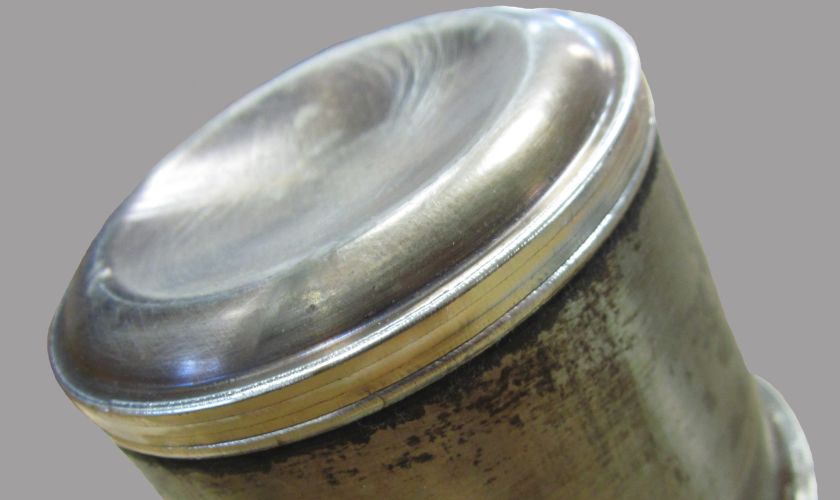
Tool steel 1.4216
A broken-off edge of a deep-drawing tool was rewelded by us.
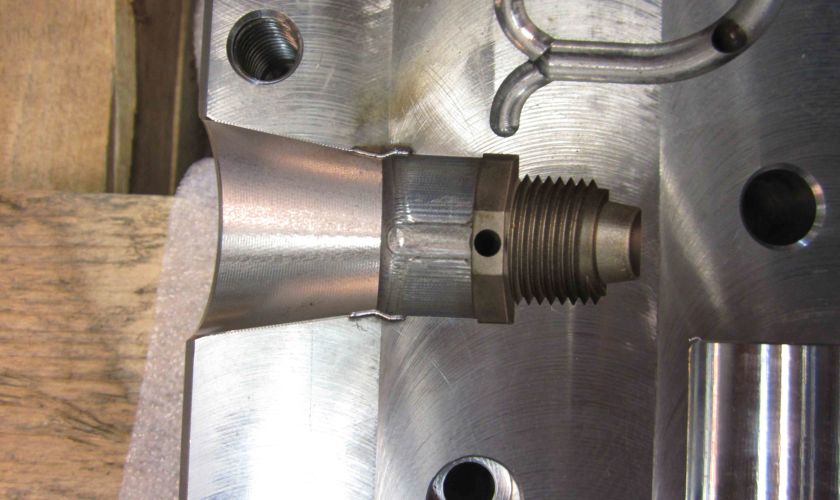
Tool steel 1.2343
Rebuilding of a closing edge on a mold half of a mold used in plastics production.
Industries for which we weld steel:
Toolmaking industry
For example:
- Contour modifications of molds and tools.
- Repair welding of molds and tools.
Vehicle construction
For example:
- Repair and new part production of body elements and engines.
Aerospace industry
For example:
- New part manufacturing (and repairs) of tanks, black boxes, car bodies, and more.
Mechanical Engineering
For example:
- Repair of turbine parts.
- Welding during new part production of turbine parts.
- Welding of various constructions.
